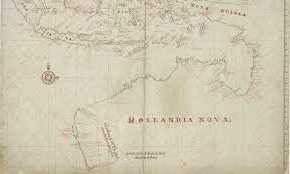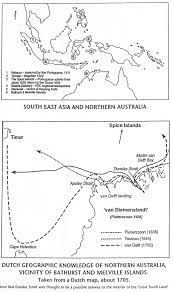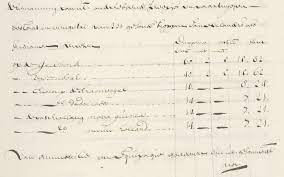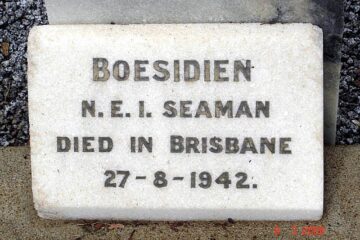Maerten van Delft was a Dutch explorer who conducted an expedition in 1705 to explore the western and northern coastlines of what is now known as Australia. The expedition was organised by the Dutch East India Company (VOC).
The expedition played a significant role in the early European history and cultural contacts of northern Australia. The expedition spent almost three and a half months exploring the north coast of Australia, including the Tiwi Islands, Cobourg Peninsula, and Croker Island. During their journey, the Dutch interacted with various Indigenous groups, and it is possible that they collected cultural material from the region, which is now held in the Dutch National Museum of World Cultures in Amsterdam (Nationaal Museum van Wereldculturen, previously known as the Tropenmuseum).
Additionally, this expedition provides valuable insights into the early interactions between Indigenous peoples and European explorers, which is a crucial aspect of Australian history. By conducting a detailed analysis of the primary sources, including cartography, this study sheds light on the extent and detail of the Van Delft expedition’s survey and highlights its importance in ending Dutch colonial interest in Australia.
It is also worth noting that the Van Delft expedition covered parts of the Australian mainland and Croker Island and interacted with both mainland Indigenous groups and Tiwi Islanders, providing further evidence of the extent of European exploration and cultural contacts in the region.
Overall, van Delft’s expedition is not as well-known as some of the other Dutch explorations in the region, such as those led by Abel Tasman or Willem Janszoon. However, the expedition is still significant in the history of Australian exploration and provides valuable insights into the early European exploration of the continent.
Below are maps based on the explorations of Maerten van Delft. They all are published in the article mentioned below the illustrations





See also:
The 1705 van Delft expedition to northern Australia: a toponymic perspective


